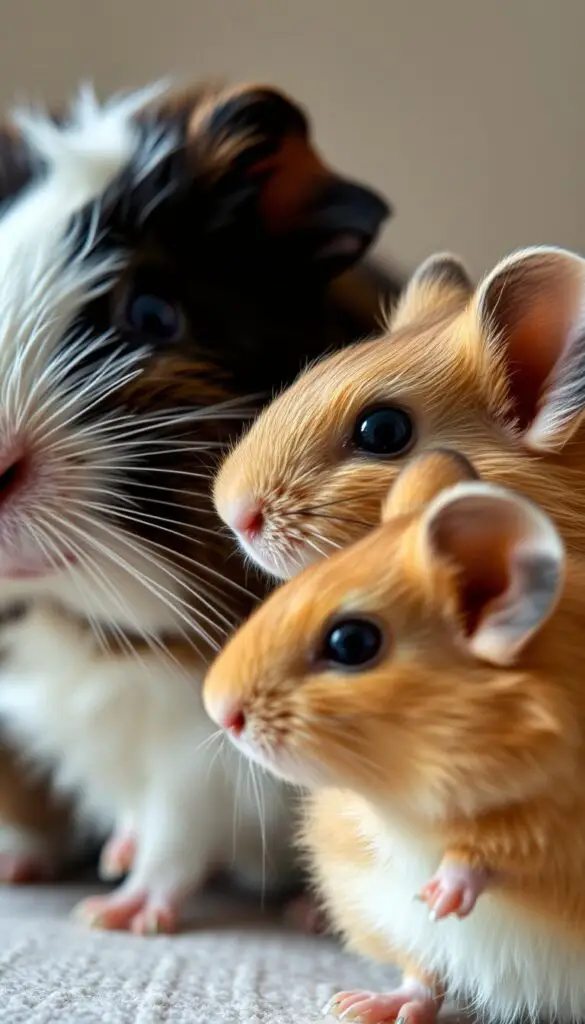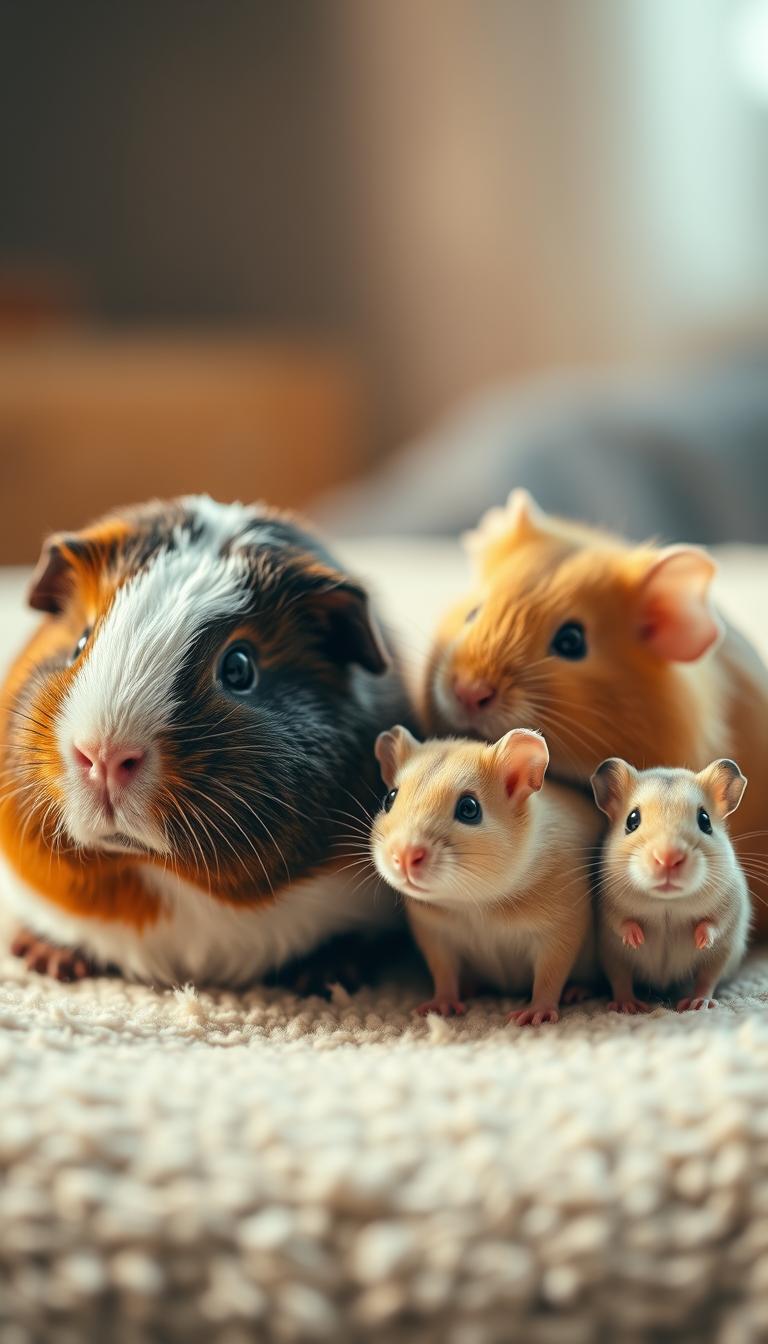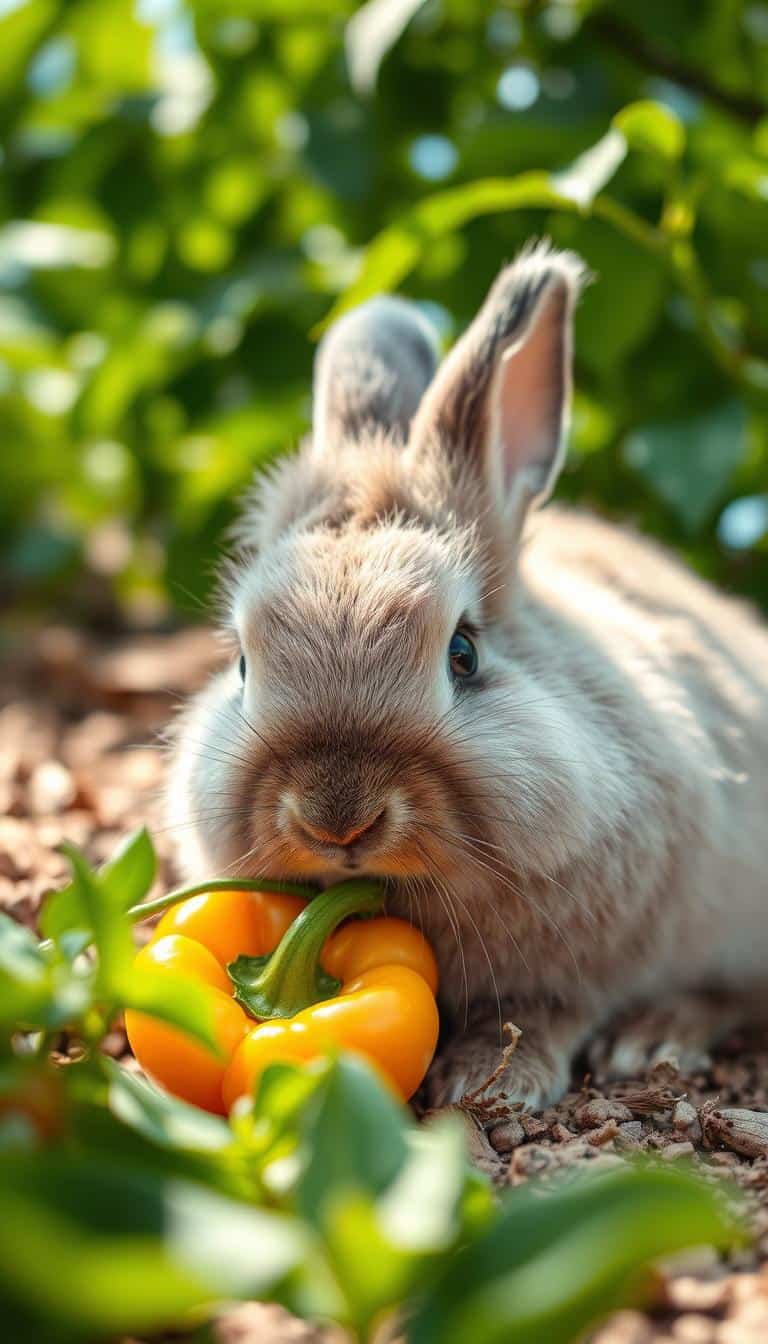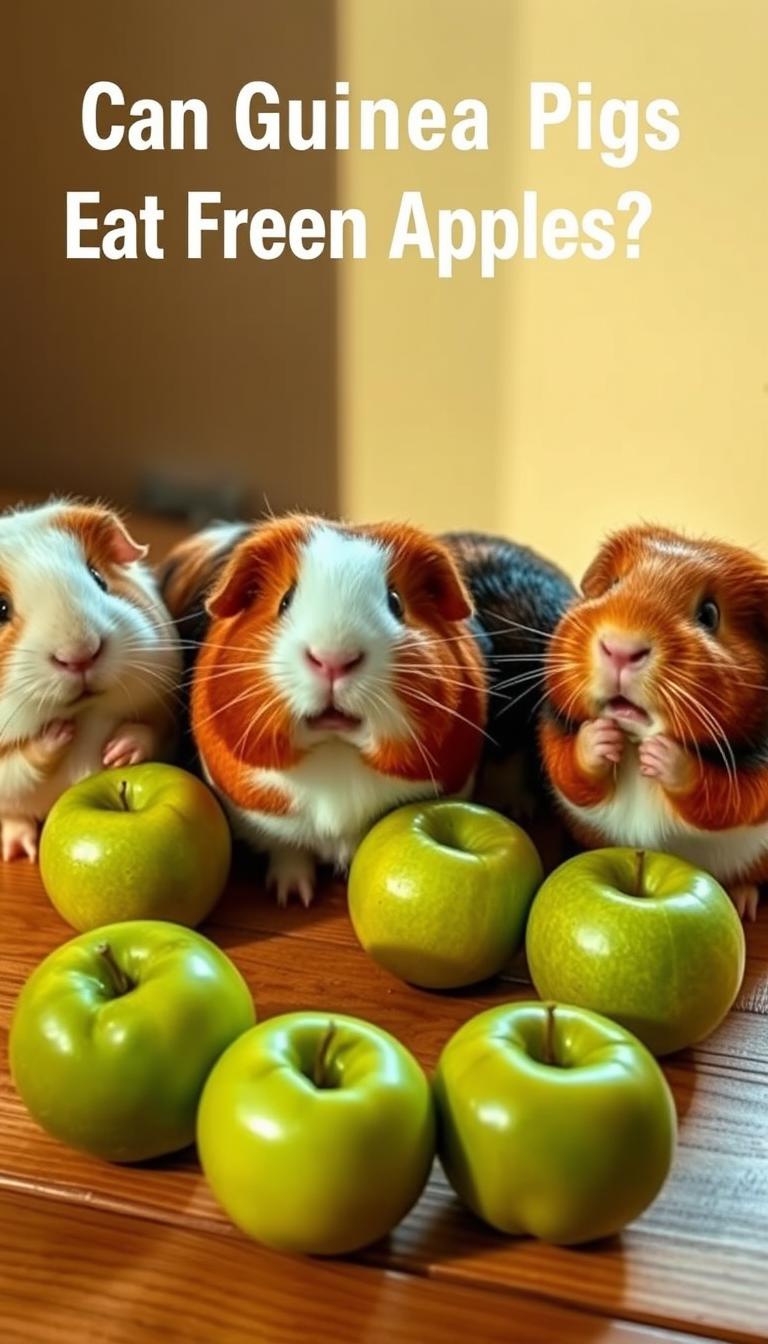Many pet lovers wonder how their favorite small companions fit into the animal kingdom. Though both classified as rodents under the Rodentia order, guinea pigs and hamsters branch into entirely different families. This explains why they look and behave so differently despite sharing some basic traits.
Guinea pigs belong to the Caviidae family, which includes larger relatives like capybaras. Hamsters fall under Cricetidae, a group housing mice and voles. Think of them as distant cousins who haven’t shared a family reunion in millennia! Their separate lineages mean unique care needs, from diet to social habits.
Curious about what truly sets them apart? Our detailed comparison guide breaks down everything from size to lifespan. You’ll learn why guinea pigs thrive in groups while hamsters prefer solo adventures—and how their family histories shape these behaviors.
By the end of this article, you’ll see these furry friends in a whole new light. Whether you’re choosing a first pet or simply love animal facts, understanding their roots makes all the difference!
Table of Contents
Understanding the Background: What Connects Guinea Pigs And Hamsters?

Their shared rodent roots hide millions of years of evolution. While both fall under the Rodentia order, guinea pigs and hamsters belong to entirely separate families. This split explains why their care needs and behaviors vary dramatically today.
Taxonomy and Family Differences
Guinea pigs evolved within the Caviidae family, sharing lineage with capybaras and other South American rodents. Hamsters branched into Cricetidae – a group that includes mice and voles. Think of them as third cousins who haven’t exchanged holiday cards since the Miocene epoch!
Similarities Within the Rodentia Order
Both species sport those iconic continuously growing teeth – two chisel-like incisors followed by grinding molars. Without proper chew toys or safe diet options, these teeth can overgrow painfully. Their furry coats and side-positioned eyes also reveal their rodent heritage.
Watch how they eat, though. Guinea pigs graze like miniature cows, while hamsters often sit upright to nibble snacks. These quirks developed through separate evolutionary journeys – one adapted to open grasslands, the other to burrow-filled habitats.
Are Hamsters And Guinea Pigs Related – Exploring Key Commonalities

At first glance, these pocket-sized pets might seem interchangeable. But their shared rodent heritage reveals fascinating overlaps in biology and behavior. Let’s unpack what makes them biological cousins despite their modern differences.
Overlapping Physical Traits
Both species sport plush fur coats – except hairless breeds like Skinny Pigs. Their side-positioned eyes create panoramic vision, perfect for spotting danger. Those iconic chompers tell the real story:
| Trait | Guinea Pigs | Hamsters |
|---|---|---|
| Body Covering | Short/long fur (except Skinny Pigs) | Dense, short fur |
| Eye Position | Side of head | Side of head |
| Teeth Growth | 1/8″ monthly | 1/10″ monthly |
| Limb Usage | Always four feet down | Frequent upright sitting |
Shared Behaviors and Adaptations
Watch how they snack! Both use front paws to grip treats, though hamsters often sit back on their haunches. Their teeth work like nature’s grinders – constant chewing keeps those ever-growing incisors in check.
Night owls unite! Both species show crepuscular activity peaks. You’ll catch them most lively at dawn/dusk, though hamsters lean more nocturnal. This shared rhythm helps them avoid daytime predators in the wild.
Contrasting Sizes, Lifespan, and Physical Attributes

When choosing between these furry companions, their physical traits tell a story of evolutionary divergence. Let’s explore how their dimensions and life journeys differ.
Size, Weight, and Appearance
Hold out your hands – one could cradle a full-grown hamster, while a guinea pig needs both arms. Check out this breakdown:
| Feature | Guinea Pig | Hamster |
|---|---|---|
| Length | 8-12 inches | 2-6 inches |
| Weight | 24-42 oz | 1-10 oz |
| Body Shape | Rounded, potato-like | Streamlined, mouse-like |
| Tail | None | Visible stub |
Lifespan and Developmental Stages
Guinea pigs become long-term pals, living 5-8 years with proper care. Hamsters typically stay 2-3 years – think of them as fleeting furry meteors. Their growth patterns differ dramatically:
Newborn guinea pigs arrive ready for action – furry, eyes open, and mobile within hours. Hamster pups need two weeks just to see their world. As rodent sizes show, these differences impact everything from cage needs to nutritional requirements.
“Guinea pigs mature like mini adults, while hamsters experience rapid growth spurts in their short lives.”
These contrasts matter when planning your pet commitment. Whether you want years of companionship or a shorter-term friend, their biology shapes your experience.
Distinct Behavioral and Social Characteristics

Choosing between these furry companions? Their social habits and daily rhythms couldn’t be more different. While both make charming pets, their needs align with opposite lifestyles.
Sociability and Interaction with Humans
Guinea pigs blossom in groups, forming tight-knit herds that eat, play, and nap together. They’ll bond deeply with caretakers, wheeking excitedly when you enter the room. Keep them solo, and you risk depression – some stop eating entirely without companionship.
Hamsters march to their own drum. These desert-born loners guard their space fiercely. Try housing two together, and you might find missing toes or worse. As one exotic vet notes: “Hamsters tolerate humans but adore solitude – their idea of paradise is a snack-stocked burrow with zero roommates.”
Daily Activity and Sleep Patterns
Night owls vs. flexible nappers! Hamsters transform into tiny athletes after dark, clocking miles on wheels while you sleep. Their daylight hours? Mostly spent snoozing in cozy hideouts.
Guinea pigs operate on a 20-hour awake cycle, dozing briefly throughout the day. You’ll catch them munching hay at breakfast and popcorn-hopping for evening veggies. This makes them ideal for daytime interaction – no midnight squeaks interrupting your sleep!
“Guinea pigs sync with human schedules better than any nocturnal pet. They’re basically fuzzy coworkers who demand salad breaks.”
Habitat, Diet, and Care Considerations

Creating a thriving environment for small pets starts with understanding their unique biological needs. While guinea pigs and hamsters both require safe enclosures, their habitat setups and nutritional demands reflect millions of years of evolutionary separation.
Living Space and Cage Requirements
Your guinea pig’s home should resemble a spacious studio apartment. The Humane Society recommends 7.5 square feet minimum for two animals – that’s triple a hamster’s basic needs. Unlike hamsters who enjoy vertical climbing towers, these South American natives need open floor plans for zoomies and social interaction.
| Requirement | Guinea Pigs | Hamsters |
|---|---|---|
| Minimum Cage Size | 7.5 sq ft (pair) | 2 sq ft (single) |
| Essential Accessories | Hideouts, hay racks | Exercise wheel, tunnels |
| Social Housing | Required | Not recommended |
Hamster wheels and balls spell disaster for guinea pigs – their rigid spines can’t safely arch backward. Instead, provide flat running spaces and low ramps. For comprehensive care strategies, focus on species-specific setups rather than one-size-fits-all solutions.
Dietary Needs and Feeding Habits
Guinea pigs operate like furry salad bars – they need unlimited timothy hay, fresh veggies rich in vitamin C, and fortified pellets. Unlike hamsters who enjoy mealworms for protein, these strict herbivores can’t process animal-based foods.
Daily cleaning becomes crucial since guinea pigs produce more waste than hamsters. Their fast metabolism requires constant grazing, while hamsters stash food for later snacking. Always provide fresh water in heavy bowls – bottle sipping strains guinea pig necks.
Which Pet Best Fits Your Lifestyle?
Your daily routine and living space shape which furry friend fits best. While both make charming companions, their care demands align with different lifestyles. Let’s explore how to match their needs with yours.
Assessing Your Time and Space Commitment
Guinea pigs thrive with daily interaction and roomy habitats. Plan for 30+ minutes of bonding time each day—they crave attention and fresh veggies. Their large cages need weekly deep cleaning.
Hamsters suit busier schedules. These independent critters entertain themselves at night. A compact enclosure works if you’re tight on space. Just refill food bowls every 2-3 days.
Budget and Long-Term Care Considerations
Initial costs differ sharply. Guinea pig setups run $200+ for proper cages and hideouts. Monthly hay and veggie bills add up. Vet visits? Plan for $100+ annually.
Hamster starters cost under $100. Bedding and food stay affordable. Their shorter lifespan (2-3 years) means lower long-term expenses. Smart prep work helps avoid surprise costs for either pet.
Match your energy and resources to their needs. Love hands-on care? Guinea pigs reward patience. Prefer low-maintenance? Hamsters deliver endless wheel-running charm. Your perfect match awaits!



